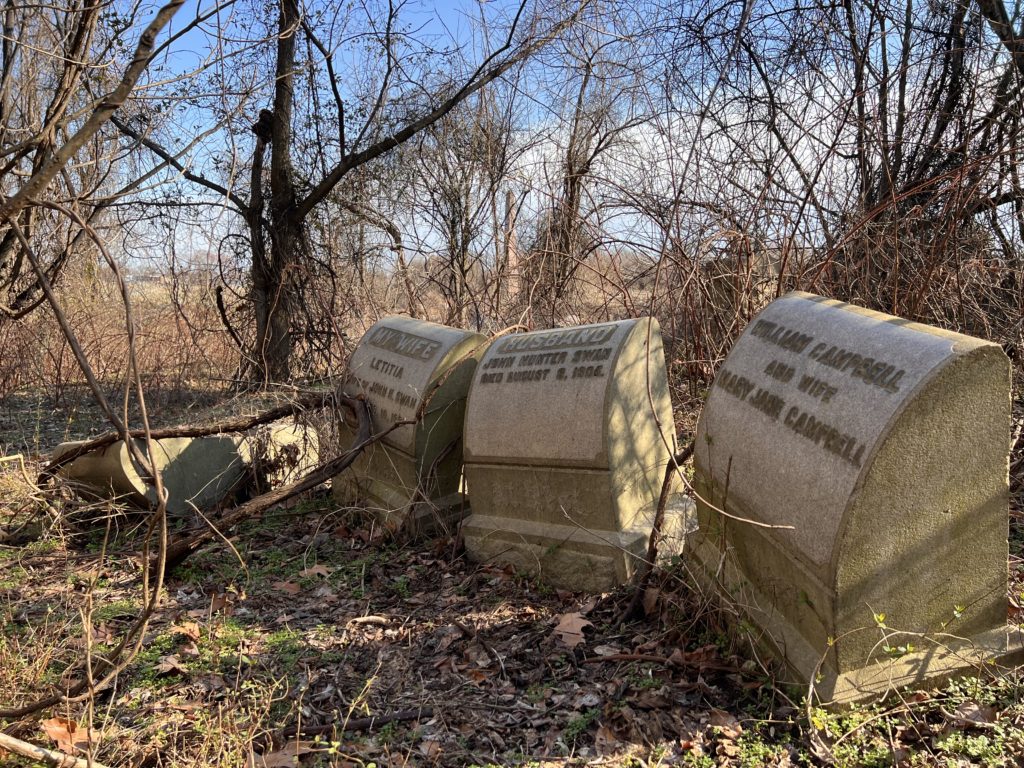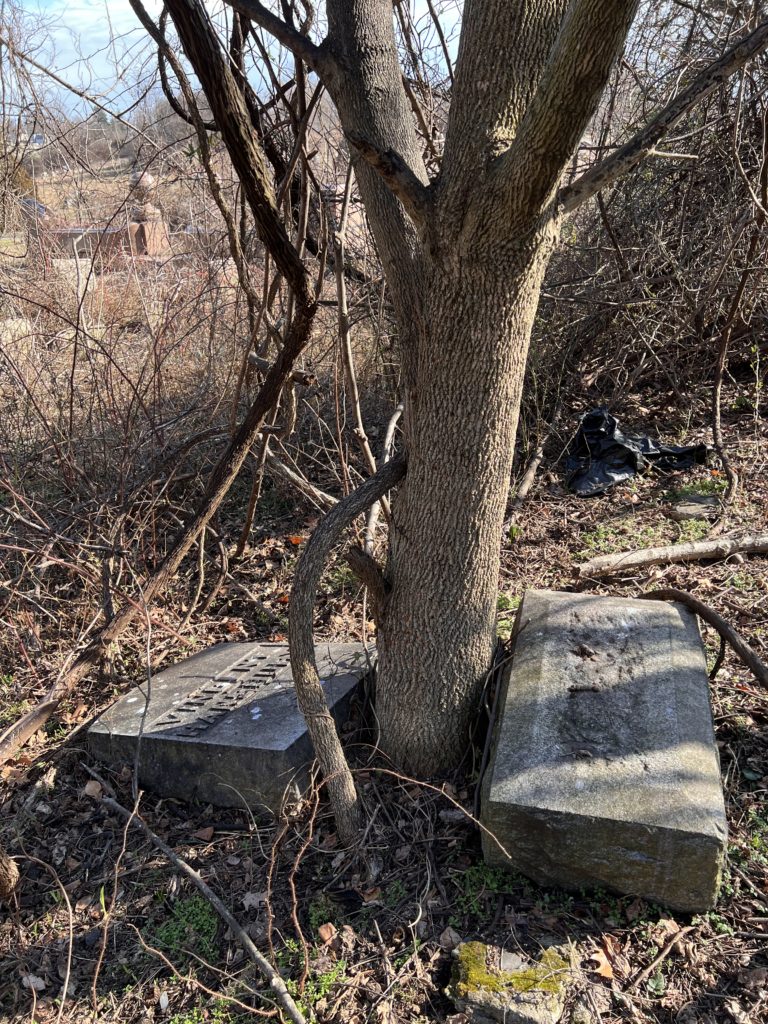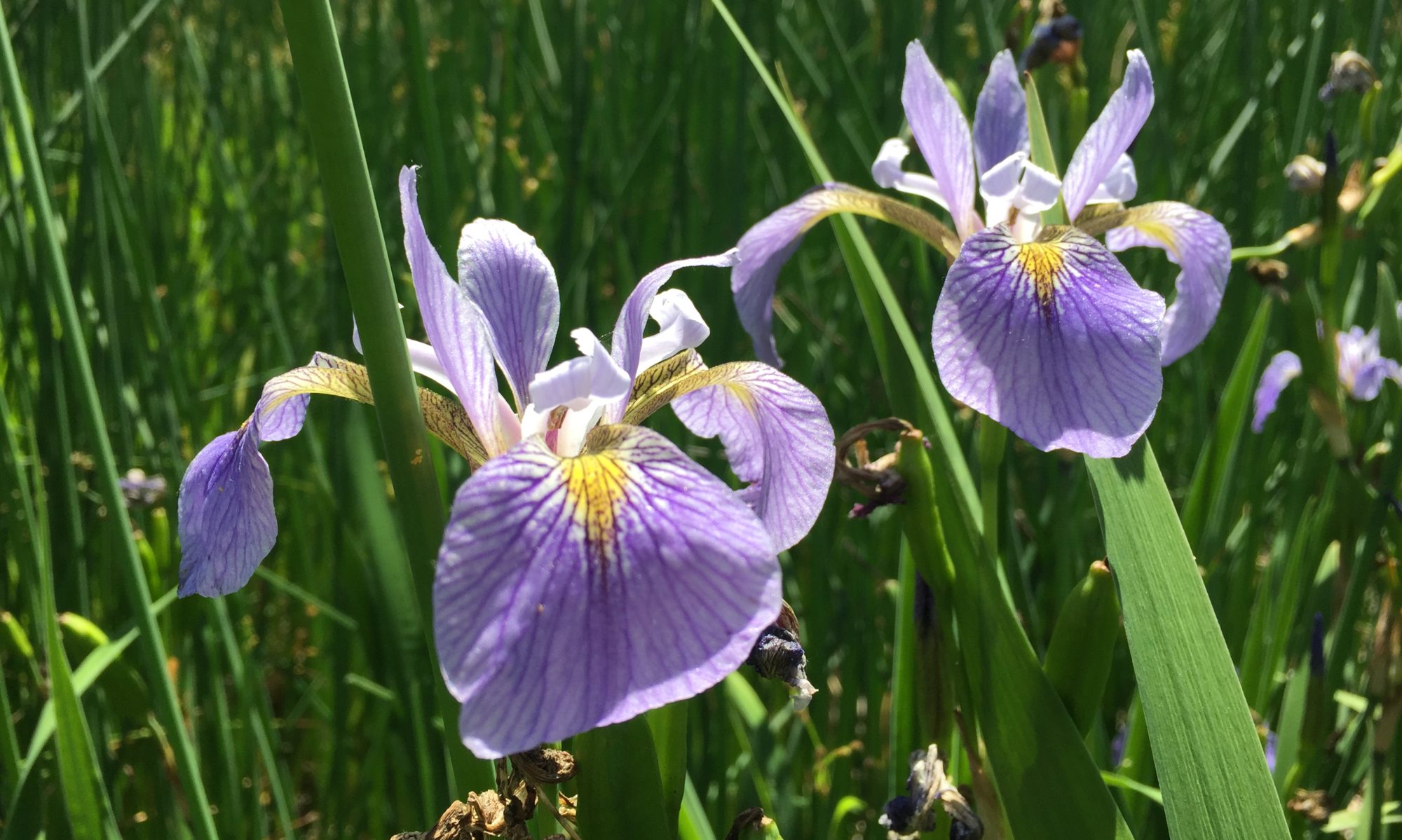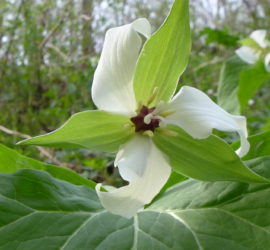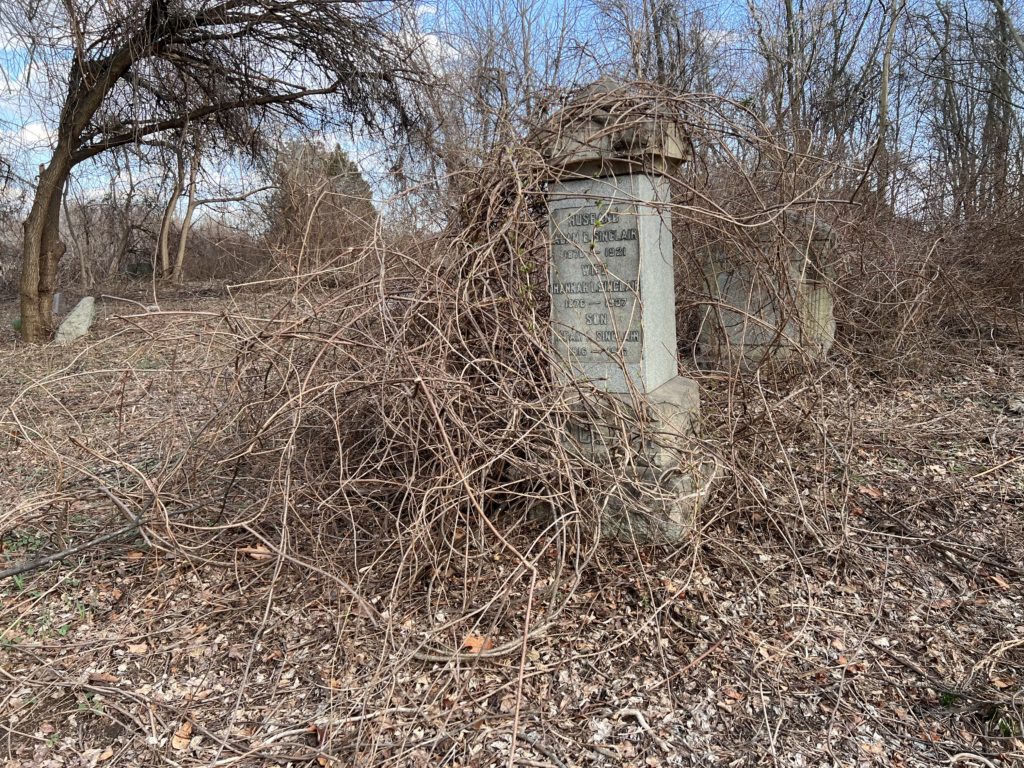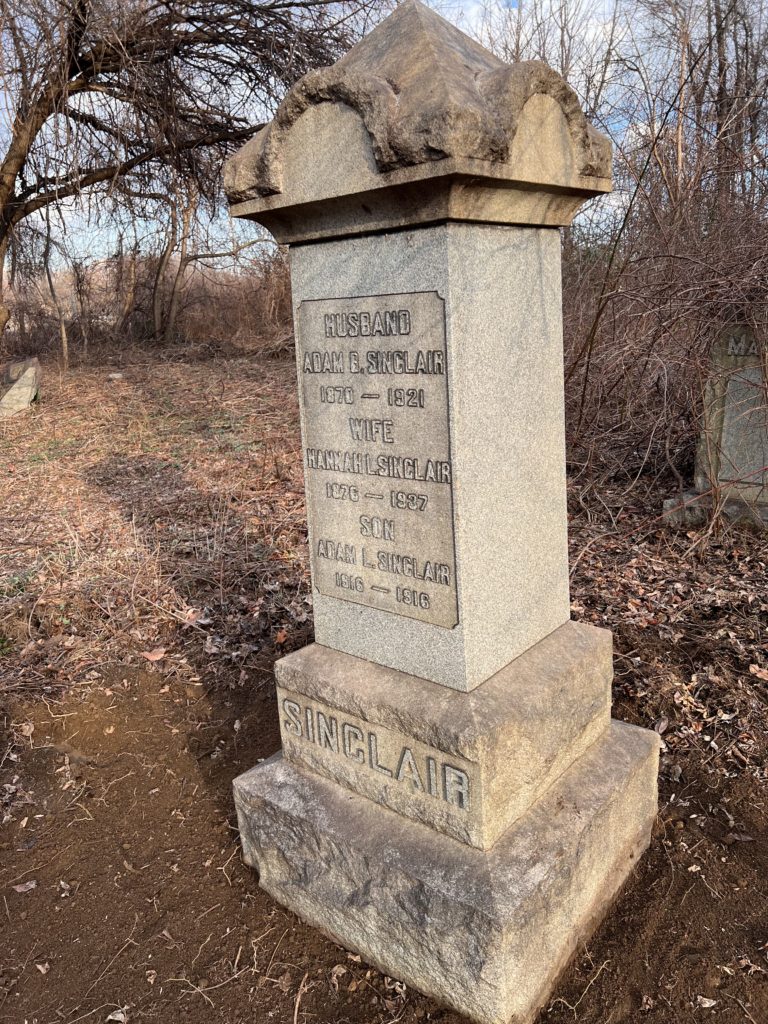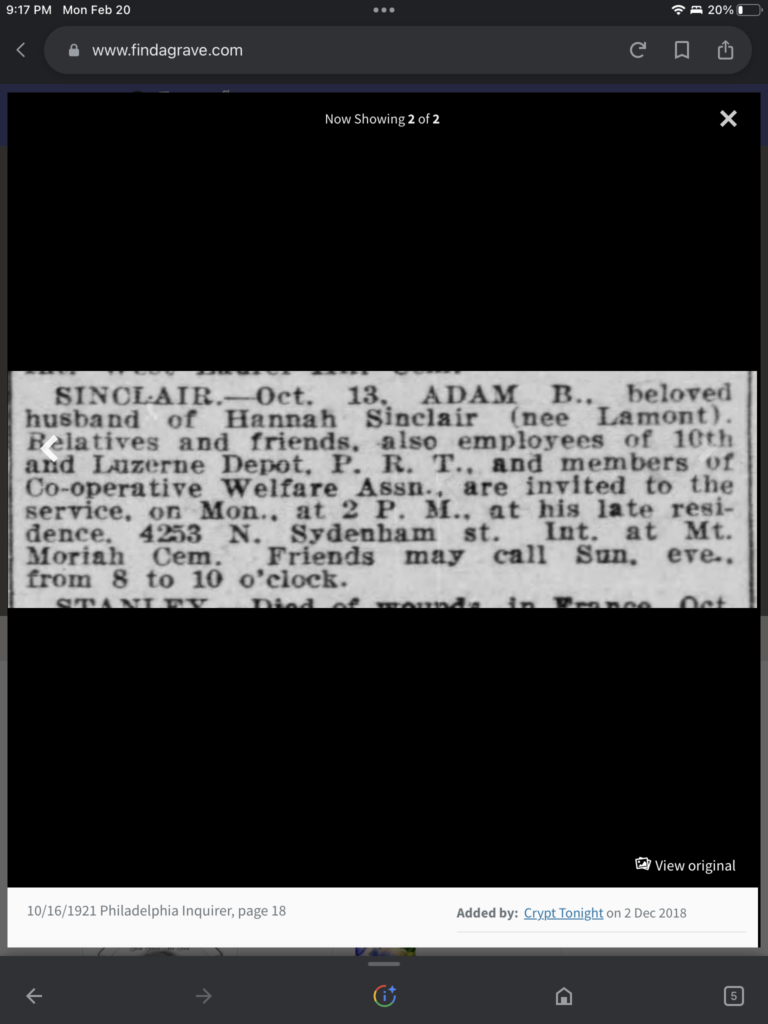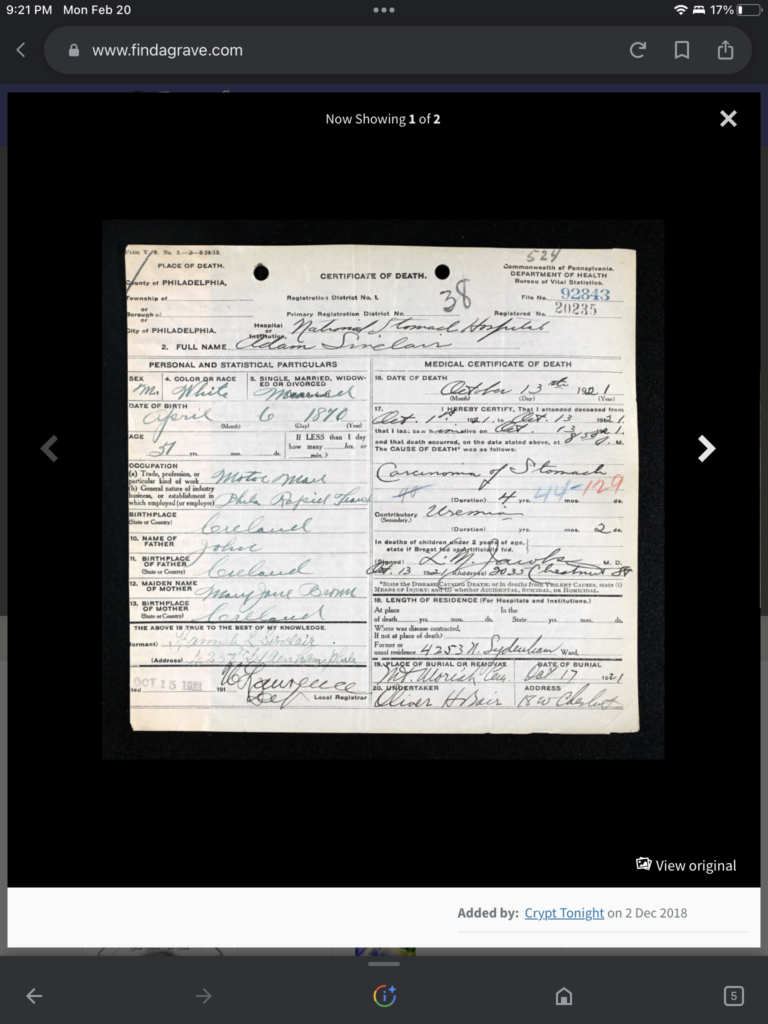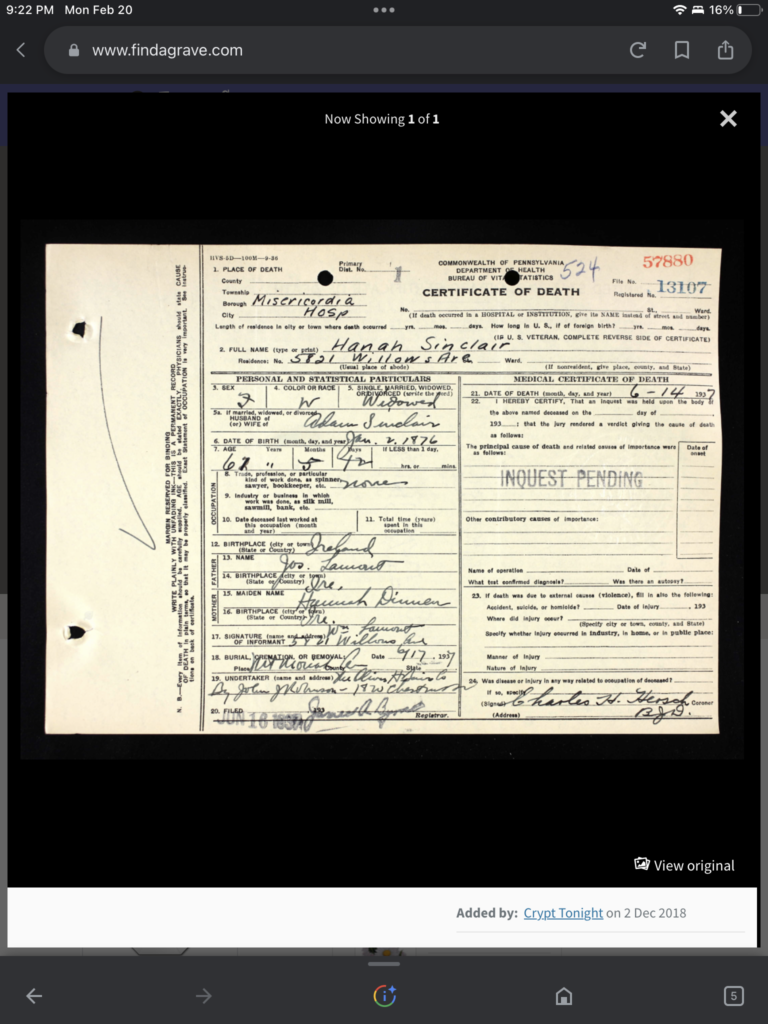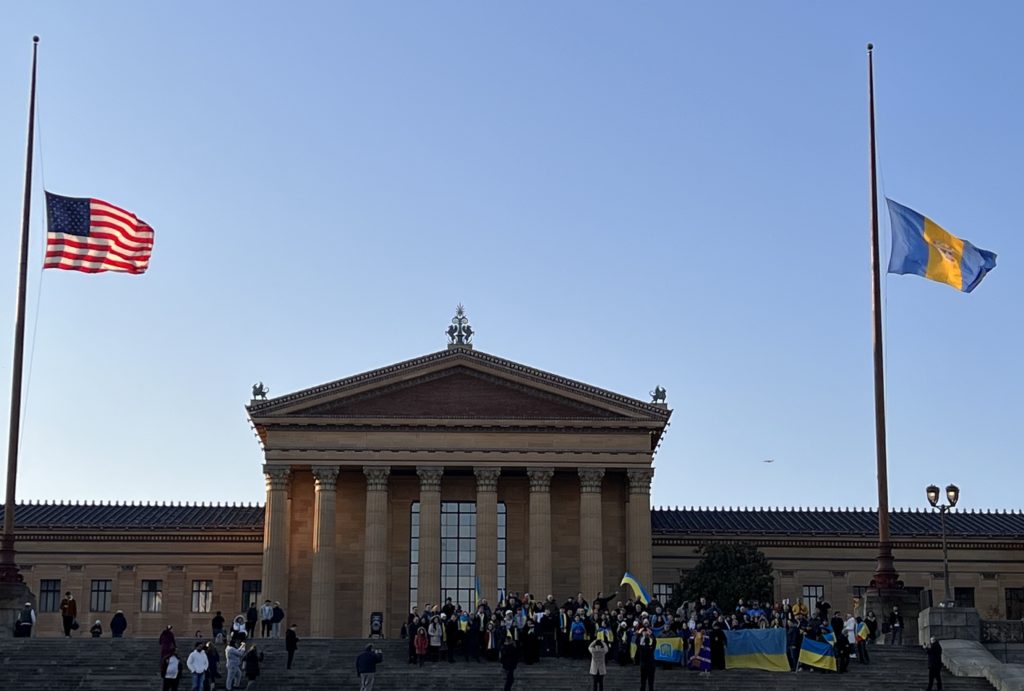Still processing last week’s afternoon at Mt Moriah Cemetery, here in West Philadelphia where this post is being composed, more thoughts are stirring. I put together 5 photographs from lasts week’s adventure.
Cemeteries are interesting on so many levels, so many of us have some kind of relationship with them.
Currently, as the global political climate is rapidly changing, there is a turbulent atmosphere of historical re-invention, where history is dangerously being buried and hidden away, dismissed and outright denied. A Society, having buried its mistakes and atrocities is doomed to repeat them, as the common wisdom demonstrates.
However many lies (and secrets) are buried in a cemetery, the intact and preserved cemetery still holds them truthfully. We as a society can go to the old cemetery and question and observe what has been saved.
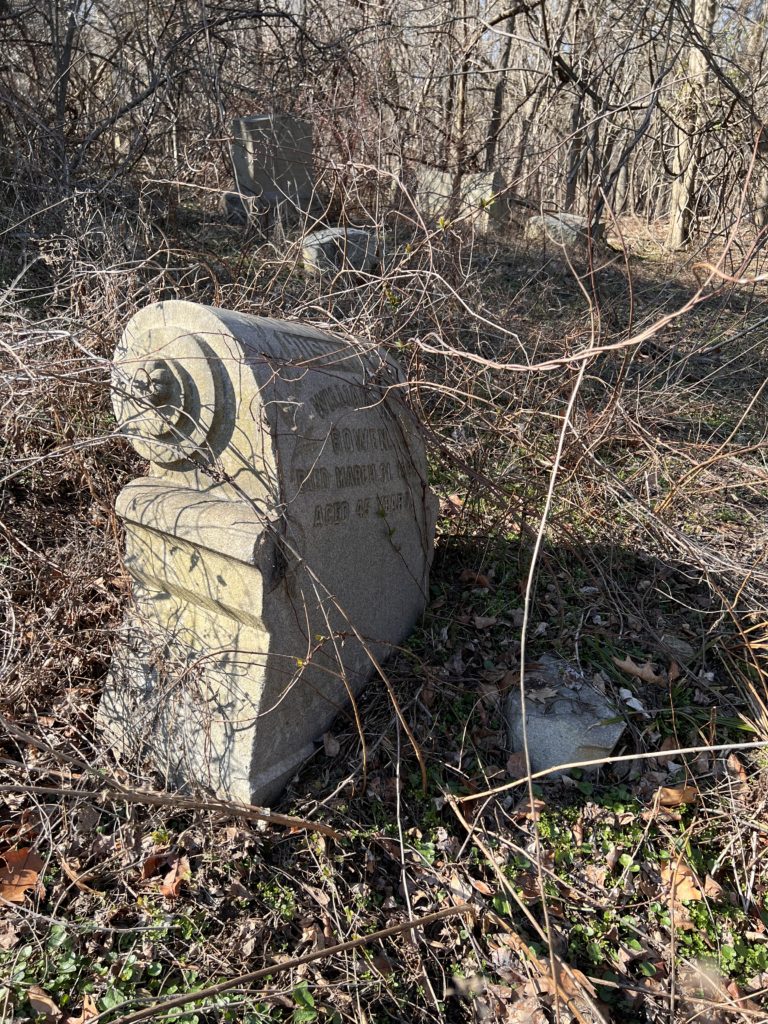
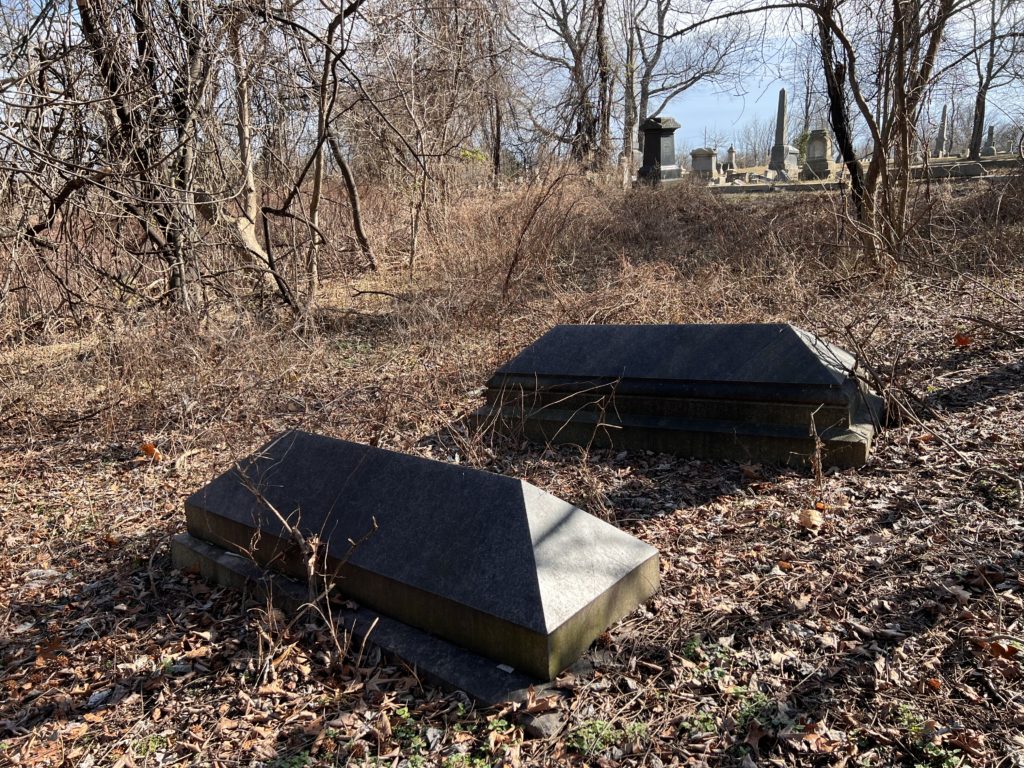
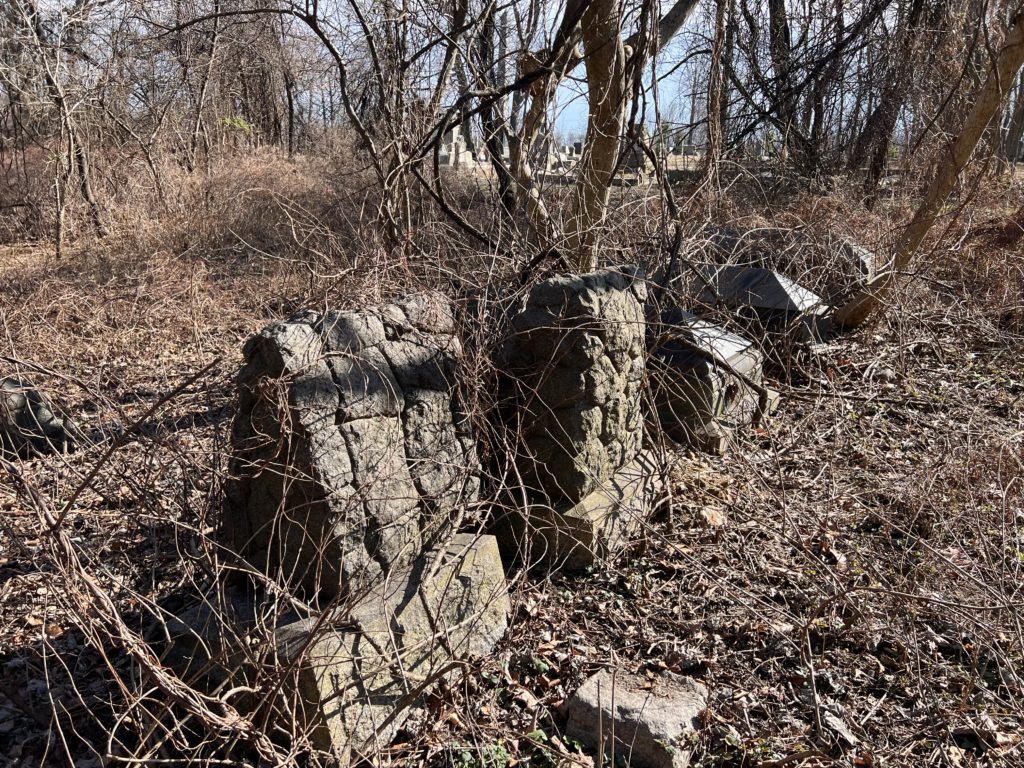
. It could be interestingly argued that perhaps Mt Moriah would be more beautiful if left completely alone, in the most Romantic sensibility. However, I would argue it is worth stabilizing because the invasive vegetation and trees are destroying the beautiful architecture and integrity of the cemetery. The trees and vines are pulling down the monuments, destroying the beauty of the cemetery. Pulling down the history, the aesthetic intention.
